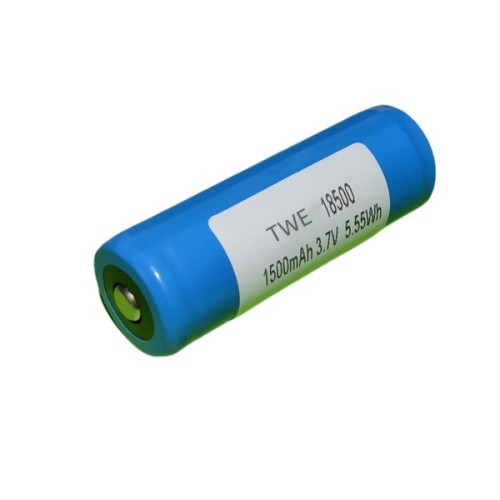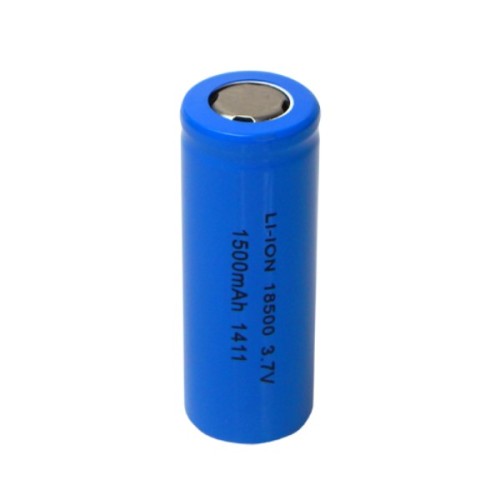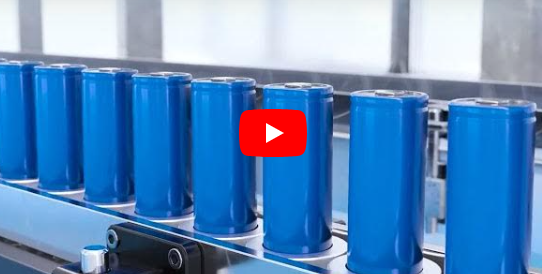The ever-growing demand for portable electronic devices and the rapid expansion of electric vehicles (EVs) have fueled the advancement of battery technology.
Lithium-ion batteries (LIBs) have emerged as the dominant power storage solution due to their high energy density and long cycle life. Among the various types of LIBs, two prominent variations are lithium cobalt oxide (LCO) and lithium nickel cobalt manganese oxide (NCM) batteries. This article aims to elucidate the differences between LCO and NCM batteries, shedding light on their unique characteristics, applications, and considerations.
1. Composition and Chemistry:LCO Batteries:
LCO batteries, also known as
lithium cobalt oxide batteries, utilize lithium cobalt oxide as the cathode material. The anode is typically made of graphite or a lithium alloy. Cobalt is a crucial component in LCO batteries and provides high energy density. However, cobalt is a relatively expensive and scarce resource.
NCM Batteries:
NCM batteries, or lithium nickel cobalt manganese oxide batteries, employ a cathode composed of a combination of nickel, cobalt, and manganese oxides. The anode material remains similar to LCO batteries. NCM batteries strike a balance between energy density, cost, and thermal stability, making them a popular choice in various applications, including EVs.
2. Energy Density and Power Output:
LCO Batteries:
LCO batteries exhibit higher energy density compared to NCM batteries. This characteristic makes them ideal for applications that prioritize energy storage, such as smartphones, laptops, and other portable electronic devices. They provide a higher specific capacity, enabling longer runtimes between charges.
NCM Batteries:
NCM batteries offer a slightly lower energy density compared to LCO batteries. However, they compensate for this with improved power output capabilities. This feature makes NCM batteries suitable for power-hungry applications like EVs, where high power delivery is essential for acceleration and overall performance.
3. Cycle Life and Durability:
LCO Batteries:
LCO batteries generally have a shorter cycle life and lower durability compared to NCM batteries. They tend to experience capacity degradation over time, limiting their long-term usage. Consequently, LCO batteries are commonly employed in devices with shorter lifespan requirements or where size and weight are critical factors.
NCM Batteries:
NCM batteries typically exhibit better cycle life and durability compared to LCO batteries. They can withstand a higher number of charge-discharge cycles before experiencing noticeable capacity degradation. This attribute makes NCM batteries suitable for applications that demand long-term reliability, such as EVs.
4. Thermal Stability and Safety:
LCO Batteries:
LCO batteries have a reputation for being less thermally stable compared to NCM batteries. They are more susceptible to thermal runaway and have a higher risk of overheating or even catching fire under extreme conditions. Consequently, manufacturers incorporate additional safety features and thermal management systems when using LCO batteries.
NCM Batteries:
NCM batteries offer better thermal stability and safety compared to LCO batteries. The combination of nickel, cobalt, and manganese in the cathode composition helps mitigate thermal runaway risks. NCM batteries often feature improved safety measures, including advanced cell design and thermal management systems, making them a preferred choice for high-demand applications like EVs.
In conclusion, LCO and NCM batteries are two prominent variants of lithium-ion batteries, each with its own distinct characteristics and applications. LCO batteries excel in energy density, making them suitable for portable electronic devices, while NCM batteries prioritize power output and durability, making them ideal for EVs and other power-demanding applications. Understanding these differences is crucial in selecting the right battery technology for specific requirements, considering factors such as energy needs, power delivery, cycle life, and safety considerations. As battery technology continues to evolve, further advancements in energy density, safety, and overall performance can be expected in both LCO and NCM battery variants.
 The Future of Portable Power: Advancements in 18500 Li-ion Battery Technology
The Future of Portable Power: Advancements in 18500 Li-ion Battery Technology
 Choosing the Right 18500 Li-ion Battery for Your Business
Choosing the Right 18500 Li-ion Battery for Your Business
 LiPo Batteries and Sustainability: Navigating Environmental Impact
LiPo Batteries and Sustainability: Navigating Environmental Impact